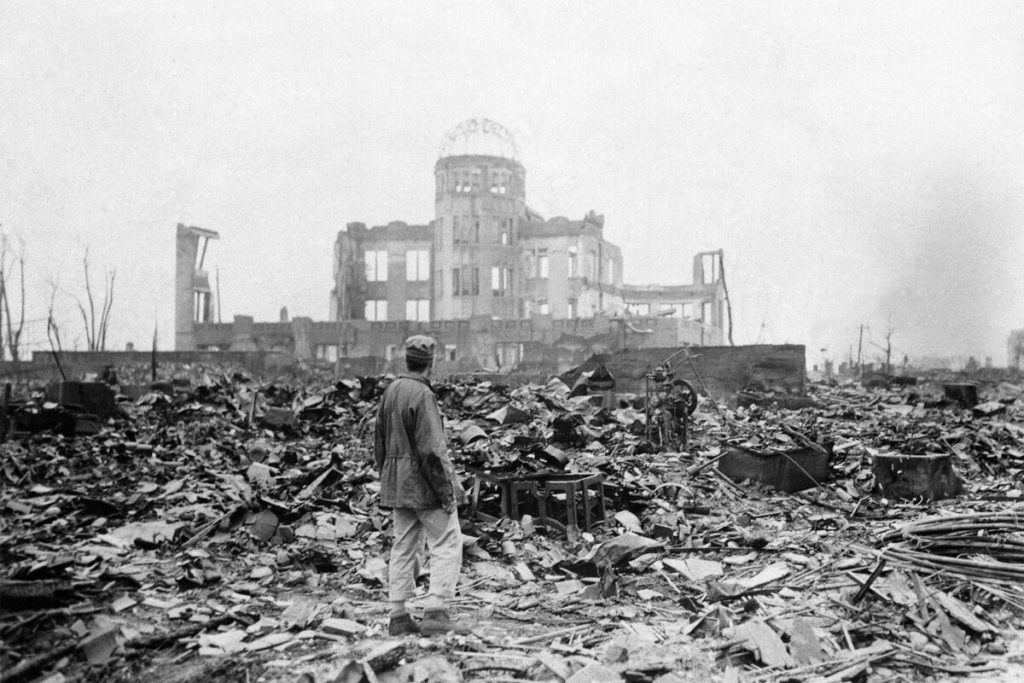On 6 August 1945, an American B-29 bomber launched the first atom bomb in history on the city of Hiroshima in the west of Japan, followed three days later by a similar nightmare in the southwestern town of Nagasaki.
The two nuclear bombs, the only ones ever used in war, killed 140,000 persons in Hiroshima and 74,000 in Nagasaki between August and December 1945.
The first thing many of Hiroshima’s residents noticed on the morning of 6 August 1945 was an “intense ball of fire,” in the words of the International Committee of the Red Cross (ICRC).
"Little Boy", the atom bomb that exploded about 600 metres above the city, had the force of almost 15,000 tonnes of TNT. “Fat Man,” released over Nagasaki, was even more powerful. Its force was estimated at 21,000 tonnes of TNT.
It is estimated that the temperature at the epicentre of the bomb in Hiroshima reached 7,000 degrees, causing severe and, in many cases, fatal burns to people within a radius of three kilometres.
The intense rays of light given off by the explosions caused temporary blindness and irreversible eye damage, according to the ICRC.
The almost instantaneous heat rays caused many fires that razed everything within kilometres of the two cities, whose buildings were mostly wooden at the time.

Japan marks 75th anniversary of Hiroshima and Nagasaki nuclear bombings.
Over half of the deaths that occurred immediately after the bombings were caused by burns and fires. Many people were also killed or severely wounded by flying debris. Others died when buildings collapsed. Still others were thrown into the air.
The explosions also gave off harmful radiation with short-term and long-term effects. Radiation sickness affected many of the people who survived the immediate devastation in both cities. Acute radiation syndrome - vomiting, headaches, diarrhoea, haemorrhage and loss of hair - caused death in a few weeks or months.
The "Hibakusha" - survivors of the bomb in Japanese – were exposed for the rest of their lives to an increased risk of developing cancer.
Out of 50,000 radiation victims monitored by the US-Japanese Radiation Effects Research Foundation (RERF), about 100 died from leukemia and 850 from cancer linked to radiation.
The bombing of Hiroshima and Nagasaki was the final blow to Japan, which surrendered on 15 August 1945, thus marking the end of World War II.
Historians continue to debate whether the two nuclear attacks really helped to spare more lives by accelerating the end of the war.
The Brussels Times

